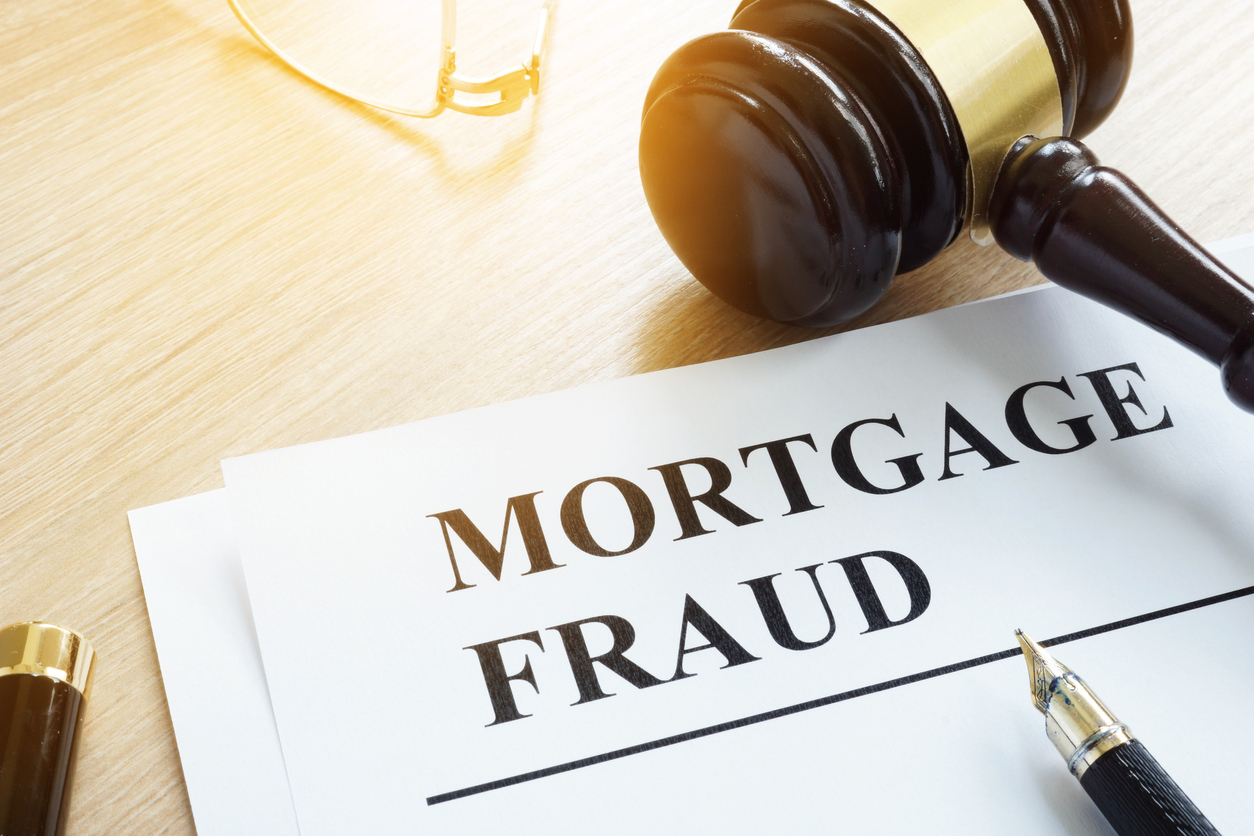Learn more about the Goals Module and its key monitoring and reporting features.



When it comes to financial crimes, mortgages are a prime opportunity for people to cut corners, mislead, and defraud for capital gain.
There are a number of different types of mortgage fraud, and they can be difficult for lenders to spot. This blog discusses the five most common kinds of mortgage fraud, how to identify mortgage fraud red flags, and how to report cases of mortgage fraud.
Mortgage fraud refers to an intentional misrepresentation of information required to fund, buy, or insure and mortgage. Along with the FBI, there are a number of professional organizations that monitor and investigate mortgage fraud to whom incidents can be reported.
While there are a number of different types of mortgage fraud, there are some that are more common, and each has its own red flags for how to detect them.
Occupancy fraud occurs when the borrower misrepresents whether a property will be occupied or not. Often, the owner may live elsewhere but will claim that the home will be owner-occupied to obtain favorable bank status, even though the property will actually be vacant. Indicating that the home will be occupied by the buyer, even when it’s not true, allows the buyer to qualify for lower mortgage rates, lower out-of-pocket purchase costs, and higher loan-to-value ratios.
To anticipate occupancy fraud, lenders should be on the lookout for appraisals that include expected rent payments, buyers who provide evidence of living “rent-free” in their residence, and very large down payments.
A straw buyer is someone who specifically and knowingly acts on behalf of the true purchaser, misrepresenting the nature of the transaction. The real buyer might have bad credit or be trying to conceal shaky involvements that may disqualify them from getting a mortgage. Once the transaction is completed by the straw buyer, they will transfer the property title to the real buyer.
There are some important signs to look out for when sensing a straw man scam. Often, the funds will be coming from an entity or institution rather than an individual or the supposed buyer does not intend to personally occupy the property, both of which can be indicators of a straw man scam. A lack of any interaction between the lender and the buyer (in-person visits, phone calls, etc.) can be another red flag, or when tracking shows that the property title has been transferred shortly after the sale.
Another very common type of transaction fraud is referred to as a non-arm’s length transaction. This occurs when the two parties involved in the mortgage loan have a personal relationship in some way, making both the lender and borrower susceptible to manipulation by the other.
Any mortgage transaction between two parties that know each other is considered “non-arm’s length,” so that’s the first indicator. Another important characteristic to look out for is the lack of a real estate agent. It benefits the perpetrator to have few legally bound entities involved in the transaction who could expose possible manipulations.
While the process of purchasing a property, holding it, or improving it and reselling it for a profit is not illegal, purchasing it below market and immediately reselling at an artificially inflated price is fraudulent. When the property is with a fraudulent appraisal that misleads the new buyer.
Mortgage lenders can most likely sense an illegal property flip with some common indicators. If the purchase is utilizing a middle-man or straw buyer mentioned above, that person can often be a “flipper” who is providing the fraudulent appraisal. Other indicators can include the property being very recently in foreclosure or acquired at an abnormally low price or the appraisal value being suspiciously inflated.
Income fraud takes place when the borrower misrepresents the availability or continuity of the source of income required for the loan amount. The two common types of income fraud are:
To look out for false stated income, pay attention to major discrepancies between the borrower’s life experience and their job title and income. To prevent misrepresentation of employment, investigate to ensure the listed employer is a real business and has a verifiable location, and be thorough when examining pay stubs.
The first step toward reporting mortgage fraud should always be to follow your financial institution’s reporting protocols. If further action should be taken, the Government-Sponsored Enterprises (GSEs), including big names like Fannie Mae and Freddie Mac, all have reporting steps that can be followed, and even hotlines to call. When in doubt, keep these key steps for reporting mortgage fraud in mind:
At Asurity, we know mortgage banking inside and out. Find out why leading mortgage lenders rely on Asurity’s award winning services.
In this blog concerning legal and regulatory matters of interest to the mortgage industry, Sandler Law Group (SLG) provides general information and industry observations that are not motivated by or concerned with a particular past occurrence or event, or a specific existing legal problem of which SLG is aware. Nothing published herein is intended to constitute legal advice and the use of the newsletter by a reader shall not give rise to an attorney-client relationship with SLG. SLG expressly disclaims any representation of accuracy or reliability as to the content of this newsletter, as well as any obligation to maintain such content over time or to ensure it is free from errors. Brad Cope is the attorney responsible for the SLG content of this newsletter. The attorneys of SLG are not certified by the Texas Board of Legal Specialization.
Learn more about the Goals Module and its key monitoring and reporting features.
Learn about the changes of state consumer protection and the responsibility of financial services institutions to pursue operational excellence and a culture of compliance.
Regulatory and technology experts discuss innovation, CRA reforms, and how single-close construction loans are reenergizing rural America.